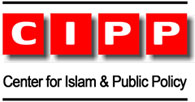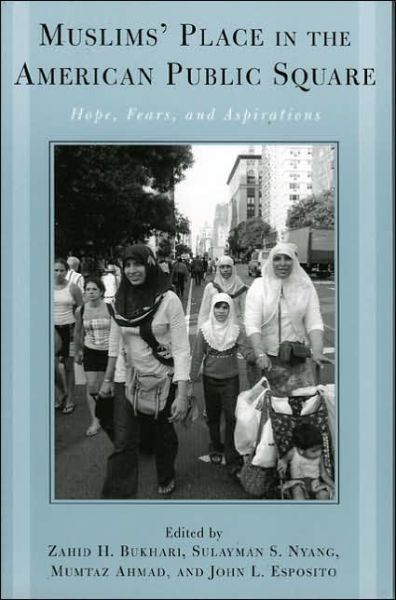The American Muslim Studies Program (AMSP) at the Prince Alwaleed Bin Talal Center for Muslim-Christian Understanding (ACMCU), Georgetown University, cordially invites you to attend:
A One-Day Conference on The American Mosque in the 21st Century
Georgetown University — Copley Lounge 37th & O St., NW – Washington, DC 20057
Thursday, February 19, 2009 — 09:00 AM – 05:00 PM
Since the early twentieth century, the Muslim communities in the USA have been establishing mosques in various parts of the country. With the passage of time, these mosques have assumed new functions and roles. They have been transformed from a place of worship to community centers, to schools, and finally to forums for Muslims’ involvement in public policy issues. They have also become the backbone of the fundraising drives of the American Muslims for local and international projects. In a post 9/11 era, however, the mosques and Islamic centers have received extra attention, and sometime scrutiny, from the law enforcement agencies, media personnel and policy makers. The question is how these mosques and Islamic centers can be equipped to face the new challenges and demands of the 21st century? A group of academics, architects and religious scholars will address these issues.
Full program:
http://www.cippusa.com/wp-content/uploads/2013/10/Mosque-Conference-Program-1.pdf

